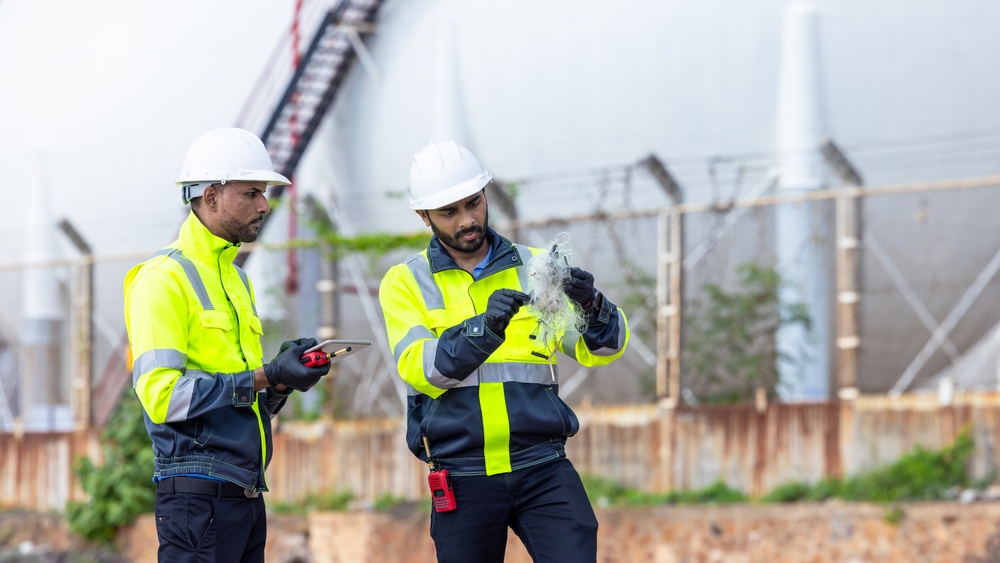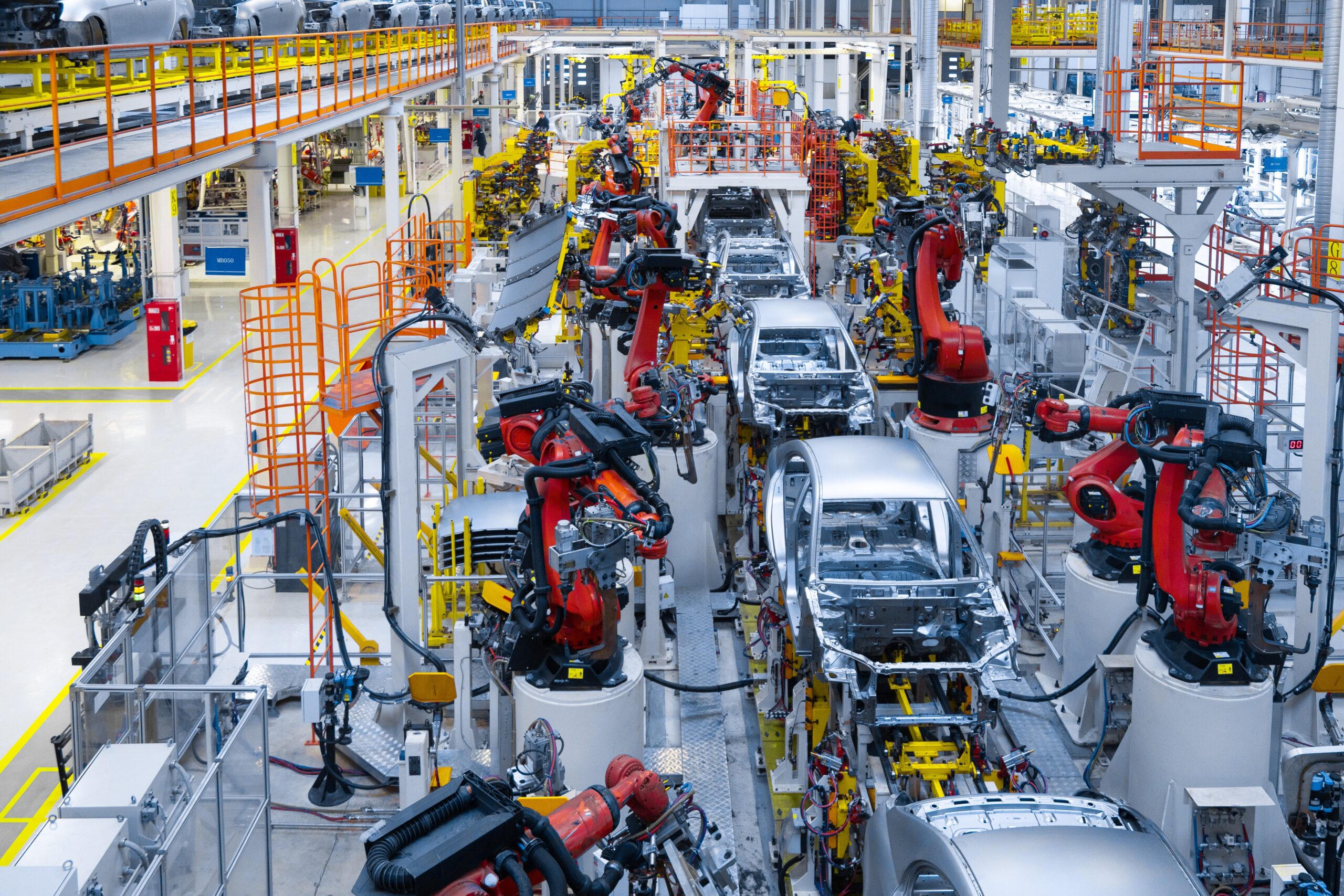How SaaS Solutions Are Transforming Chemical Safety and Waste Management The chemical industry plays a critical role in modern life, driving innovation …

The Hidden Costs of Poor Material Quality — And How to Prevent Them
For the building materials sector, raw material quality determines the strength, safety, and sustainability of each project. Although low-cost materials might seem cheap at first, low-quality materials typically have hidden expenses that threaten profit margins, reputations, and ESG targets. For contractors, suppliers, and construction businesses, an investment in quality is not merely about compliance—it’s a business imperative.
At POSITIIVPLUS, we enable businesses to make better sourcing and compliance decisions using sustainable tools and services. In this post, we will reveal the actual costs of low-quality materials and provide actionable steps to avoid these issues in the building material supply chain.
The Hidden Costs of Poor Material Quality
- Increased Rework and Project Delays
Low-grade materials tend not to meet design or safety requirements, resulting in rework. Not only does this add to labor cost but also project delivery time—potentially resulting in penalty and loss of customer confidence.
- Increased Waste and Environmental Footprint
Poor quality materials tend to crack, warp, or degrade rapidly. This creates unnecessary waste, which contributes to disposal cost and raises a project’s carbon footprint—directly undermining sustainability objectives.
- Liability and Safety Risks
Low-quality materials weaken structure, compromising the safety of workers and users. Failure or accidents may result in costly legal claims, negative reputation, and long-term economic losses.
- Interference with Supply Chain
Poor materials may need to be replaced in progress, interferring with procurement timetables and antagonizing suppliers. Such interferences can cascade through the entire construction economy.
- Harm to Client Confidence and Reputation
In the current business environment, customers insist on transparency and sustainability. Failure to use quality materials can lead to the devaluation of a brand’s image, thus, loss of contracts, as well as reduced market presence.
Avoiding the Consequences of Poor Material Quality
- Institute Stringent Supplier Audits
Regular audits of suppliers guarantee that suppliers adhere to quality, environmental, and safety requirements. Applications such as supplier scorecards and sustainability certifications aid in filtering out untrustworthy partners.
- Implement Real-Time Inventory and Quality Monitoring
Digital platforms with live tracking offer transparency into both material quantity and quality. IoT sensors, blockchain, and AI-based platforms guarantee compliance of every batch before it arrives on the job site.
- Invest in ESG-Aligned Procurement Practices
Sourcing inputs from certified sustainable suppliers reduces the risk of low-quality inputs and aligns companies with ESG objectives. This provides a competitive edge for markets focusing on green building.
- Standardize Testing and Inspection Protocols
On-site material testing and third-party audits should be the norm. Standard protocols minimize the likelihood of substandard products entering projects.
- Train Teams and Suppliers
Training procurement teams and suppliers on the cost and environmental consequences of substandard materials ensures that everyone is geared toward quality and sustainability.
The ESG Connection: Quality and Sustainability Go Hand-in-Hand Quality and ESG performance are closely linked:
Environmental: Employing robust, certified materials minimizes waste and maximizes lifecycle performance.
Social: Maintaining safe, reliable building materials guards workers and neighborhoods.
Governance: Transparent sourcing and quality inspection build accountability throughout the supply chain. Through the incorporation of ESG strategies into quality management, companies not only avoid concealed costs but also emerge as leaders in sustainable building.
Conclusion: Quality is Profitability
Corner-cutting on material quality may be cheap in the short term, but the underlying costs can ruin projects, supply chains, and reputations. By investing in supplier audits, real-time monitoring, and ESG-driven procurement, businesses can protect both their bottom line and their sustainability reputation.
At POSITIIVPLUS, we assist building material firms to enhance compliance, quality assurance, and ESG achievements through cutting-edge digital solutions. Together, we can avoid hidden costs and construct a more sustainable future.
Secure your projects from the costs associated with substandard material quality. Discover more about our ESG-inspired solutions at POSITIIVPLUS.
Emerging Trends in Chemical Regulatory Reporting for 2025 and Beyond. The chemical industry is entering a transformative phase where regulatory reporting is …
The Role of ESG in Building a Sustainable Chemical Supply Chain The chemical industry is at the heart of global progress, powering …
Global Chemical Safety Compliance Challenges Faced by Manufacturers The chemical industry is one of the world’s most dynamic and impactful sectors, fueling …
Workforce Training for the Future of Mobility The automotive sector is in the midst of a speeding change with the advent of …
EV Manufacturing and Carbon Reduction Roadmaps The transition to electric vehicles (EVs) is revolutionizing the automotive sector. As EVs hold the promise …





